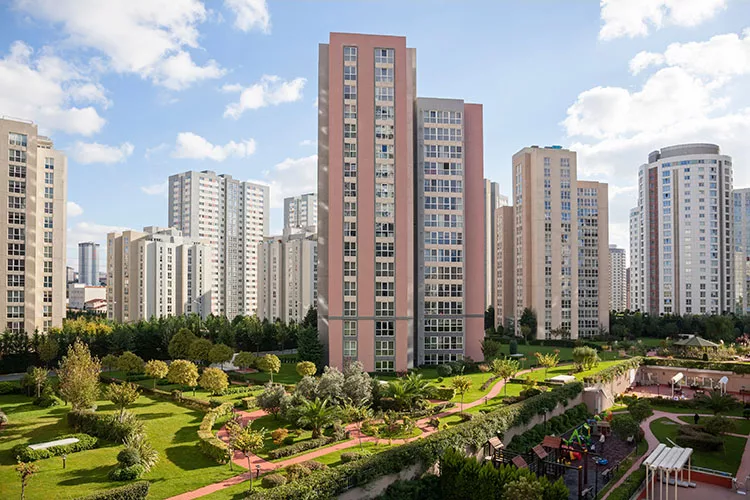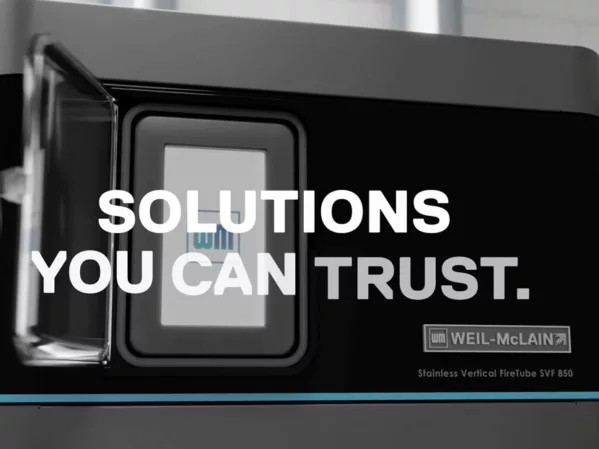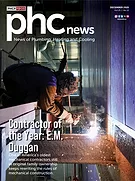Advances in water submetering technologies give owners of large, multitenant buildings a clearer picture of utility water usage at their properties. Armed with each unit’s precise water monitoring data, they can more accurately (and fairly) allocate tenant billing, detect water-wasting leaks — and even prevent flood damage. They can also incentivize water conservation by giving tenants access to their actual water usage.
This article discusses the benefits of using a LoRaWAN networking approach to water submetering in these properties: sprawling garden-style apartments and high-rise buildings. It describes how cost-effective, easy-to-install LoRa-enabled water meters, flood sensors and water shut-off valves can be networked throughout a multifamily building to provide real-time information on water consumption data and send flood alerts to off-site users.
The Benefits of LoRaWAN
The LoRaWAN (long-range wide-area network) is an industry-standard open protocol that connects gateways between battery-operated end-node devices. It also provides state-of-the-art wireless signal strength and much further range than Wi-Fi or Bluetooth connections.
In large multitenant buildings with long distances between each unit, a wireless LoRaWAN system effectively keeps the entire building running efficiently. A networked system employing LoRa-enabled devices eliminates the need for a dedicated PC, software or a repeater network. This approach improves data collection speed, accuracy and communication distance — all while simplifying and reducing the cost of installations.
A submetering system based on the open wireless protocol allows an interface with virtually any other LoRaWAN node. In addition to the LoRa-enabled water meters, building owners can add multiple LoRa-capable devices to a submetering installation, including water meters, flood sensors, door and occupancy sensors, rat traps, humidity sensors, and more.
LoRa-Enabled Water Meters
This article focuses on water submetering installation using LoRaWAN-enabled water meters with leak detection and alarming capabilities. For example, the L54120+ LoRa water meter, equipped with LoRaWAN secure wireless 915 MHz technology, provides long-range (10-mile, line-of-site) monitoring data transmission. Operating within a 1,000-foot radius of a single gateway, the LoRa-enabled water meter provides network coverage for a 50-acre garden-style property or a 15-story high-rise building.
Battery-operated wireless water meters can be installed at the point of entry in each apartment where water enters the unit, typically in a utility closet or bathroom. It can also be installed at point-of-use locations, such as a plumbing riser, or on the fixtures themselves.
Typical applications for LoRaWAN-enabled water meters include:
Main feed (hot or cold water),
Toilets (the main source of water leaks),
Washing machines,
Showers,
Sinks (with or without dishwasher).
The L54120+ LoRa water meter measures cumulative water flow in gallons and records the number and duration of water usage “events,” such as toilet flushes. This granular-level water-use data helps property managers pinpoint water leakage at precise locations. Accurate consumption data collected by the water meters is accessible by third-party billing companies, that can charge tenants for their specific water use.
The water meter information is also viewable by owners/property managers to deduce if too much water is consumed due to overoccupancy or broken fixtures. Owners/property managers can give tenants access to this data via an online dashboard to encourage them to change water-wasting behaviors to lower their utility bills.
LoRa Flood Sensors/Shut-Off Valves
In a LoRaWAN-networked submetering system, multiple LoRa-enabled floor sensors and water shut-off valves can be easily integrated with LoRa-enabled water meters. Insurance companies increasingly require internet-based flood prevention as a condition of coverage, so these devices are gaining popularity in multiunit plumbing installations.
LoRa flood devices prevent plumbing-related flood damage caused by burst piping, broken equipment and overflowing sinks and tubs. For example, LS5000 LoRaWAN water on-the-floor rope sensors can be placed around water heaters and washing machines, on bathroom floors and beneath riser pipe configurations. Designed to sense the presence of water along the full length of the rope, the sensor transmits an alert via a mobile app to an off-site user who can investigate the issue.
The LoRa-enabled sensor can also be programmed to automatically trigger a LoRa-enabled water shut-off valve installed directly on fixtures or plumbing risers. As the floor sensor alarm is tripped, the valve responds accordingly with remote opening and closing functions to prevent additional and worsening water damage. With the internet-connected system in place, users can set the sensors to automatically shut off the valves once they reach a certain threshold.
In high-rise buildings with risers between upper floors, the ability to automatically shut off water at the riser is crucial for preventing flood damage to the units below. The chart in Figure 1 shows where the floor sensors and shut-off valves are typically located in a LoRaWAN water submetering installation.

Figure 2 illustrates a multiunit apartment with a LoRaWAN submetering building infrastructure. The building represented hundreds of units with LoRa water meters, flood sensors and water shut-off valves placed throughout a multifamily building. The upper-right area labeled “Apt 4A” (apartment 4A) represents one apartment in a multiunit property. The following sections describe possible application scenarios for detecting water leaks and preventing flooding.

Leak and Flood Detection
As shown in Figure 2, an L54120+ LoRa water meter is placed on each toilet in every apartment unit. A broken or “leaky” toilet — or one overused due to overoccupancy — is the main source of wasted water in a multifamily building.
The LoRa-enabled water meter communicates water consumption information directly to the building’s LoRaWAN gateway. As shown at the bottom left of the diagram, the gateway sends data to a cloud-based server where the information is viewable on an online dashboard by owners/property managers, maintenance staff, tenants and designated third-party users.
In this scenario, the toilet in apartment 4A is consuming too much water due to a cracked fill valve. Since monitoring data is emailed to the property managers as daily “leak reports,” the manager can see that, over time, there has been an increase in water “events” at that precise location. Based on this, the manager can send maintenance staff to apartment 4A to check and repair the toilet.
Each apartment has an LS5000 LoRaWAN rope sensor placed around the water heater (also shown in apartment 4A). A shut-off valve is placed on the riser feeding the utility room of every apartment in the building.
In this application example, the LS5000 LoRaWAN LoRa rope sensor detects the presence of water on the utility closet floor caused by a broken water heater. The sensor, “talking” to the server, sends an alert to the cell phone of the designated maintenance person. Through the mobile app, the person can choose to shut off the valve remotely or visit the apartment for a visual inspection.
The system can also be set up to either shut off the valve automatically as soon as the sensor alerts for water on the floor, or when there is no response from the maintenance person in, say, 20 minutes. All these options will limit the potential damage from flooding.
A “smart plumbing” approach employing LoRa water meters and flood sensors/shut-off valves enables property managers to monitor and view water consumption data and receive remote flood alerts. With insight into precise data and actionable information, they can quickly fix plumbing problems and encourage tenants to conserve water. This, in turn, results in significantly improved water efficiency and overall tenant satisfaction.
Don Millstein is president of H2O Degree and past chair of the Utility Management and Conservation Association. A well-known industry professional, he has extensive business development and strategic planning experience in water and electric submetering, energy management and HVAC controls. Millstein served as president of electric submeters manufacturer E-Mon for 23 years before spearheading the company’s acquisition by Honeywell.





